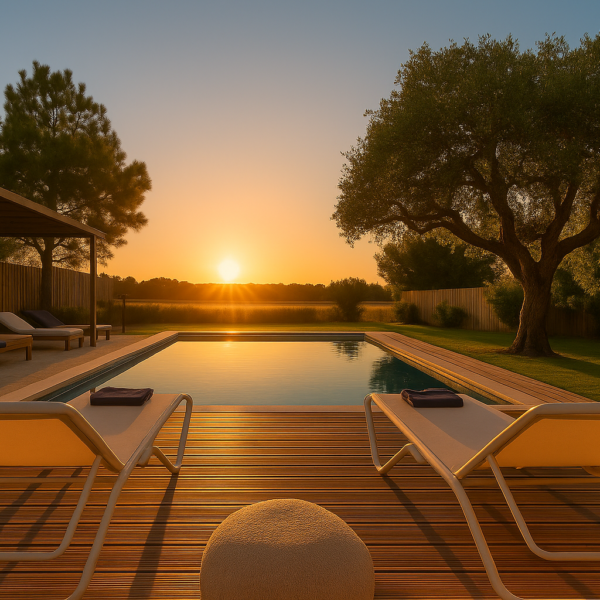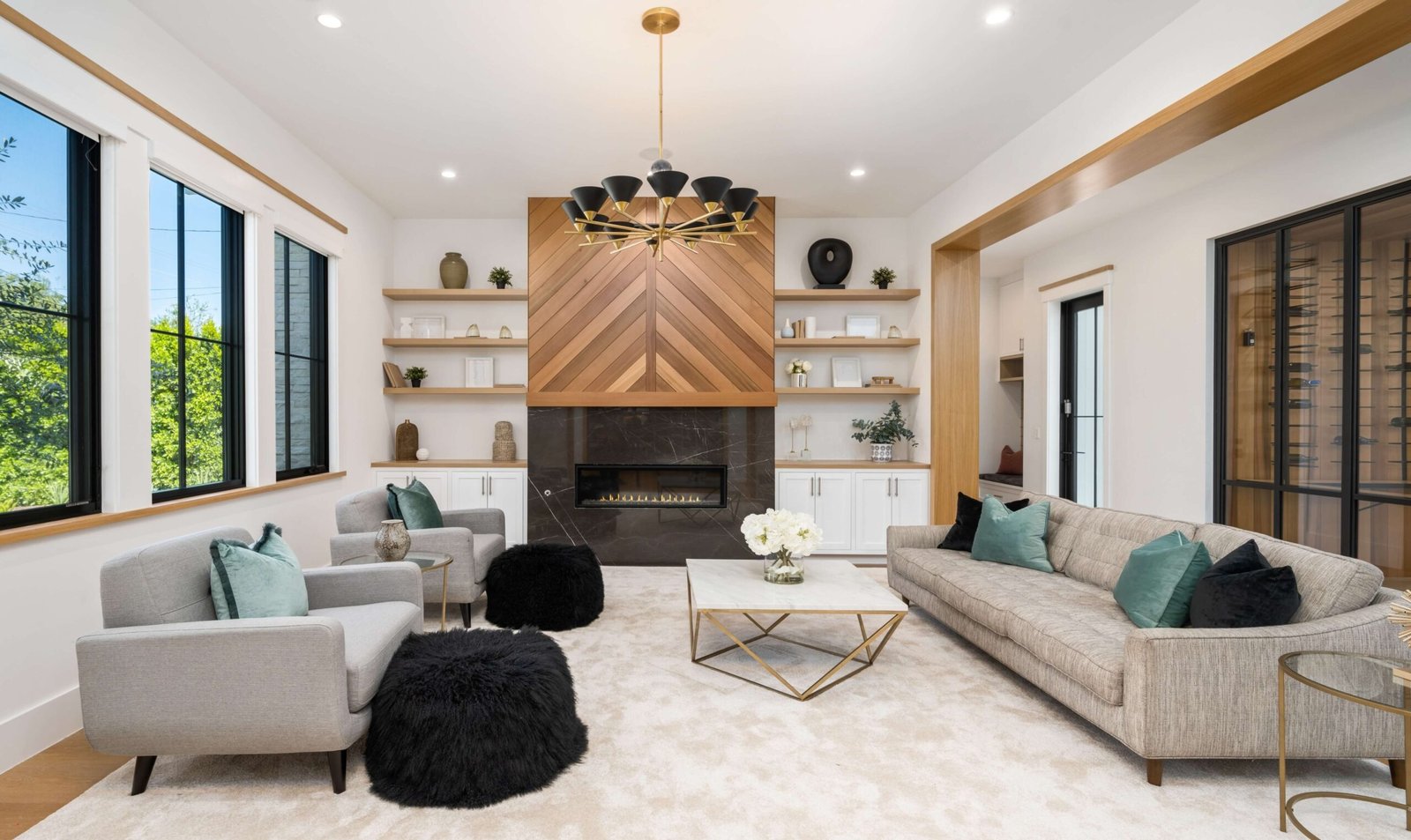The worlds of construction and interior design are deeply interconnected, each influencing the functionality, comfort, and aesthetic of a living or working space. While construction focuses on the structural integrity and layout of a building, interior design brings that space to life with elements that reflect personality, purpose, and beauty. Together, they form the foundation of meaningful, human-centered environments.
Effective construction sets the stage for successful interior design. A well-planned layout considers not only architectural stability but also how occupants will move through and use the space. Factors such as natural light, ceiling height, and room orientation are key during the construction phase, as they directly impact the mood and usability of the interiors.
Interior design, in turn, enhances the built environment with color, texture, furniture, and décor that complement the architecture. A skilled designer works with the physical structure—rather than against it—to create harmony between form and function. Materials and finishes are chosen not only for their visual appeal but also for durability, maintenance, and sustainability.
Modern trends emphasize open-concept layouts, natural materials, and seamless indoor-outdoor transitions. These styles reflect a growing desire for spaces that feel both grounded and expansive. Designers are increasingly collaborating with builders from the early stages of a project to ensure that both construction and interiors support a cohesive vision.
Technology also plays a significant role in shaping today’s construction and design processes. Tools like 3D modeling, virtual walkthroughs, and smart building systems enable more precise planning and better communication between architects, contractors, and designers. This integration helps prevent costly mistakes and fosters innovation throughout the project lifecycle.
Ultimately, construction and interior design are not isolated disciplines—they are two halves of the same whole. When thoughtfully integrated, they result in spaces that are not only structurally sound but also emotionally engaging and visually inspiring. This holistic approach transforms buildings into homes, offices into experiences, and empty shells into vibrant, livable spaces.
Ultimately, construction and interior design are not isolated disciplines—they are two halves of the same whole. When thoughtfully integrated, they result in spaces that are not only structurally sound but also emotionally engaging and visually inspiring. This holistic approach transforms buildings into homes, offices into experiences, and empty shells into vibrant, livable spaces.
Nam libero tempore, cum soluta nobis est eligendi optio cumque nihil impedit quo minus id quod maxime placeat facere possimus, omnis.

The worlds of construction and interior design are deeply interconnected, each influencing the functionality, comfort, and aesthetic of a living or working space. While construction focuses on the structural integrity and layout of a building, interior design brings that space to life with elements that reflect personality, purpose, and beauty. Together, they form the foundation of meaningful, human-centered environments.
Effective construction sets the stage for successful interior design. A well-planned layout considers not only architectural stability but also how occupants will move through and use the space. Factors such as natural light, ceiling height, and room orientation are key during the construction phase, as they directly impact the mood and usability of the interiors.
Interior design, in turn, enhances the built environment with color, texture, furniture, and décor that complement the architecture. A skilled designer works with the physical structure—rather than against it—to create harmony between form and function. Materials and finishes are chosen not only for their visual appeal but also for durability, maintenance, and sustainability.
"Lorem ipsum dolor sit amet, consectetur adipiscing elit. Ut elit tellus, luctus nec ullamcorper mattis, pulvinar dapibus leo.Lorem ipsum dolor sit amet consectetur adipiscing elit dolor"
-John Doe-
The worlds of construction and interior design are deeply interconnected, each influencing the functionality, comfort, and aesthetic of a living or working space. While construction focuses on the structural integrity and layout of a building, interior design brings that space to life with elements that reflect personality, purpose, and beauty. Together, they form the foundation of meaningful, human-centered environments.
Effective construction sets the stage for successful interior design. A well-planned layout considers not only architectural stability but also how occupants will move through and use the space. Factors such as natural light, ceiling height, and room orientation are key during the construction phase, as they directly impact the mood and usability of the interiors.
Interior design, in turn, enhances the built environment with color, texture, furniture, and décor that complement the architecture. A skilled designer works with the physical structure—rather than against it—to create harmony between form and function. Materials and finishes are chosen not only for their visual appeal but also for durability, maintenance, and sustainability.
- outstandingoutcome@gmail.com
- (+351) 9534638234
- Rua Praceta Mario Belchior
- (+351) 9534638234


